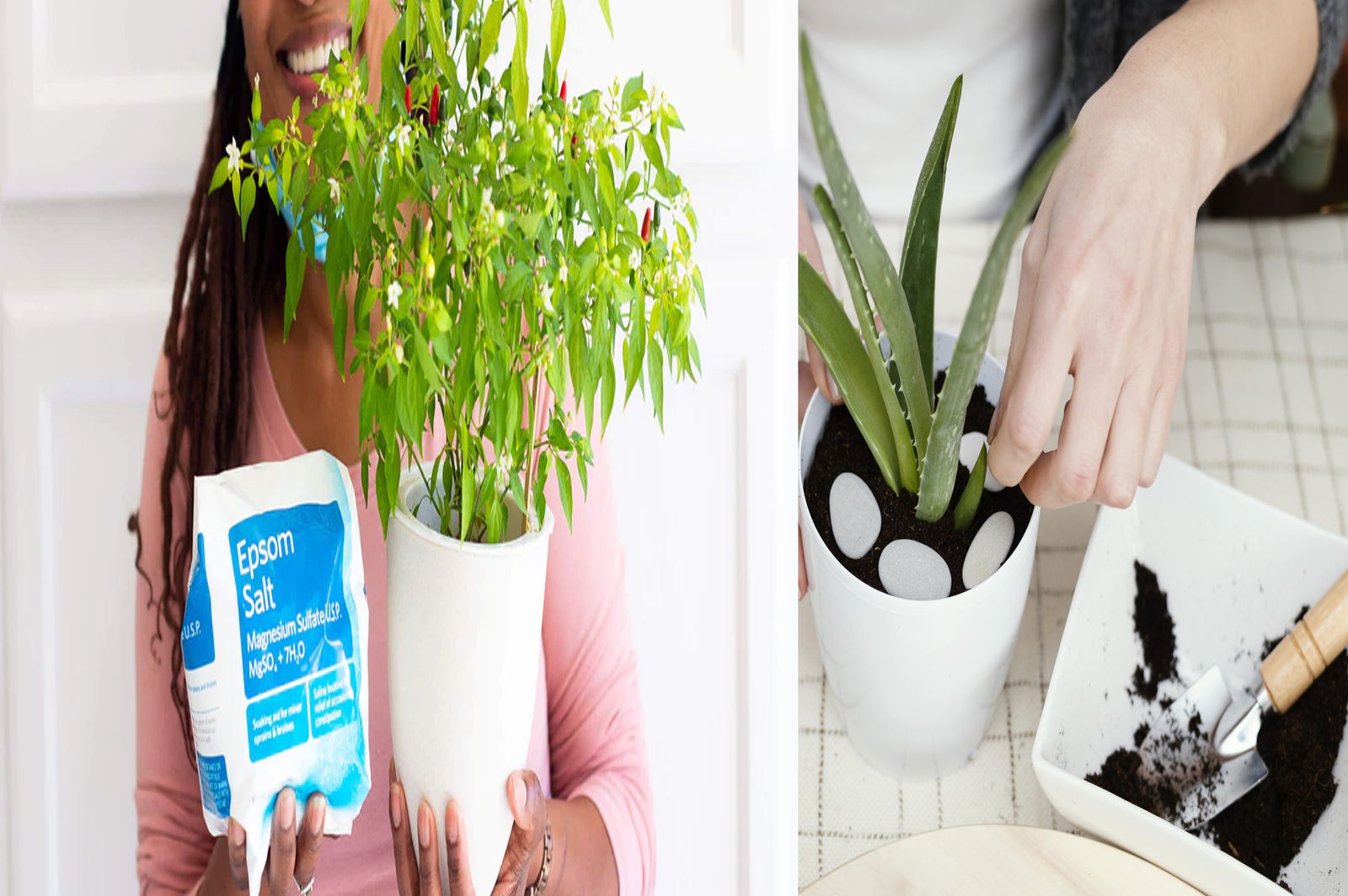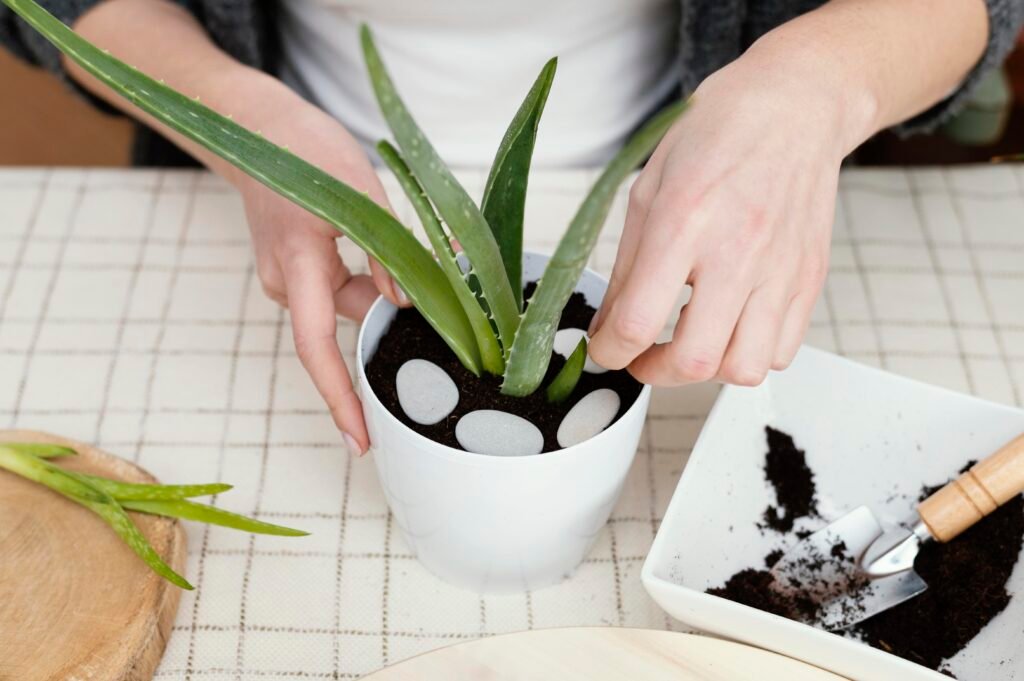
Epsom is a wonder Salt that can make your indoor plants grow lush in no time! Here are the best ways to use it!
Are you familiar with a remarkable agent that outperforms many fertilizers on the market and comes at a reasonable price? Look no further than Epsom Salt! This natural solution has the potential to greatly enhance the health of your houseplants.
Epsom salt, a naturally occurring mineral compound of magnesium and sulfate, is a versatile and cost-effective tool for promoting the health and vitality of houseplants. From encouraging lush foliage growth to boosting flowering and fruiting, Epsom salt offers numerous benefits when used appropriately. In this guide, we’ll explore how to harness the power of Epsom salt to enhance the health and beauty of any houseplant in your indoor garden.
1.Understanding Epsom Salt Benefits:
Before diving into usage, it’s essential to understand the benefits Epsom salt provides to houseplants. Epsom salt contains magnesium, a vital nutrient that supports chlorophyll production, photosynthesis, and overall plant growth. Additionally, sulfate helps improve nutrient uptake and aids in the formation of essential plant proteins.
2.Fertilizing with Epsom Salt:

One of the simplest ways to use Epsom salt for houseplants is by incorporating it into your regular fertilization routine. Dissolve 1-2 tablespoons of Epsom salt in one gallon of water and use this solution to water your plants once every 4-6 weeks during the growing season. This dilute solution provides a gentle boost of magnesium and sulfate, promoting healthy growth and vigor.
3.Foliar Feeding:
For a quick nutrient boost, consider foliar feeding your houseplants with an Epsom salt solution. Mix 1 teaspoon of Epsom salt per gallon of water and spray the solution directly onto the foliage of your plants. This method allows for rapid absorption of magnesium and sulfate through the leaves, providing an immediate nutrient boost.
4.Enhancing Flowering and Fruiting:

Epsom salt can also benefit flowering and fruiting houseplants by promoting robust blooms and increased fruit production. To encourage flowering, dissolve 1 tablespoon of Epsom salt in one gallon of water and use this solution to water your flowering plants once a month during the growing season. For fruiting plants, apply the same solution every 2-4 weeks to support fruit development.
5.Addressing Magnesium Deficiency:
If you notice signs of magnesium deficiency in your houseplants, such as yellowing leaves with green veins, Epsom salt can help correct the imbalance. Mix 1 tablespoon of Epsom salt in one gallon of water and use this solution to water affected plants. Repeat the application every 2-4 weeks until symptoms improve.
6.Precautions and Considerations:
While Epsom salt can be beneficial for houseplants when used appropriately, it’s essential to avoid overapplication, as excessive levels of magnesium can lead to nutrient imbalances and toxicity. Always follow recommended dosage guidelines and monitor your plants’ response to Epsom salt treatments. Additionally, consider the specific needs of individual plant species and adjust usage accordingly.
With its ability to promote healthy growth, enhance flowering and fruiting, and address nutrient deficiencies, Epsom salt is a valuable tool for any houseplant enthusiast. By incorporating Epsom salt into your regular care routine, you can support the health and vitality of your indoor garden, helping your plants thrive and flourish year-round. Experiment with different application methods and observe the results to discover the benefits of Epsom salt for your houseplants.
0 Comments